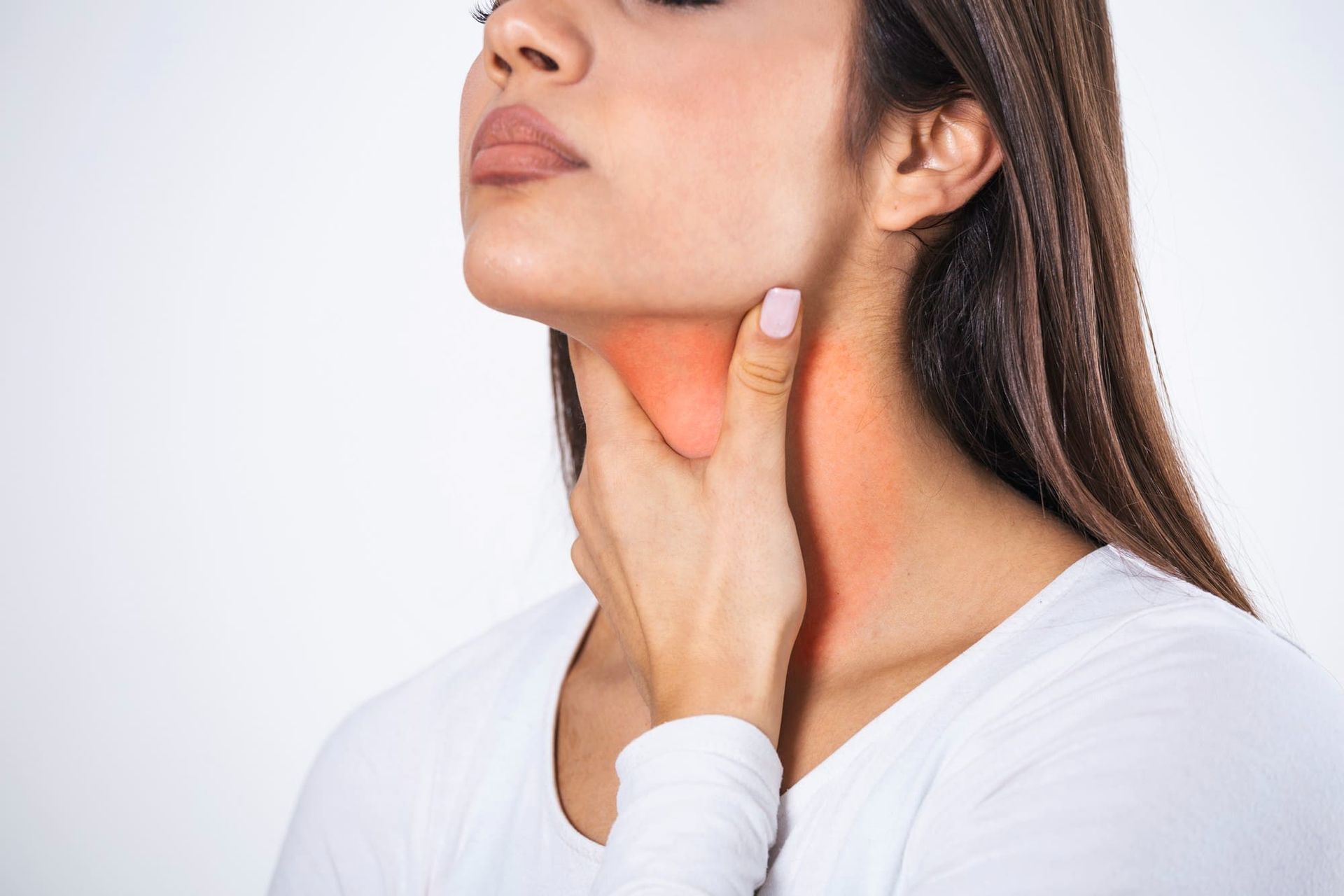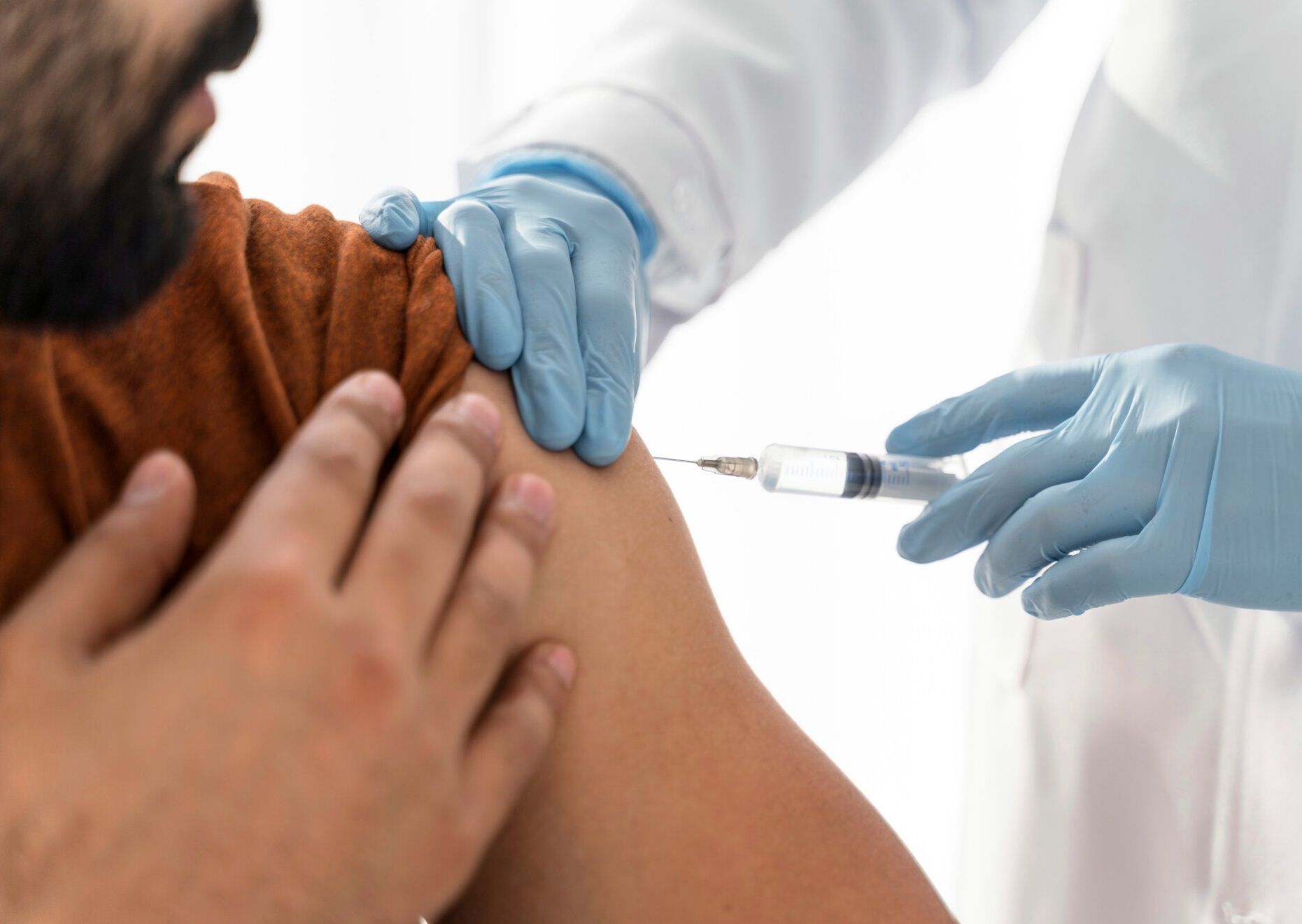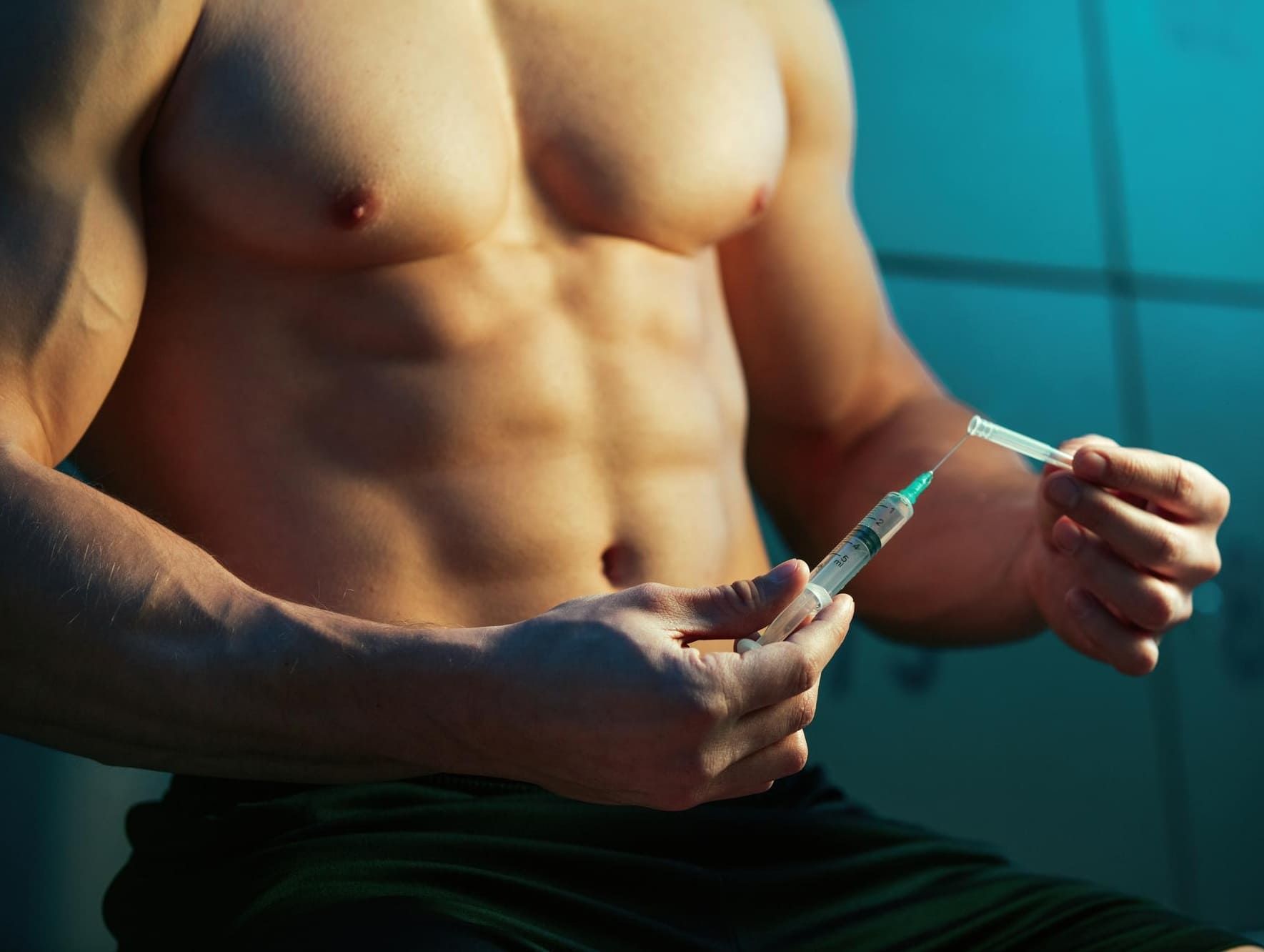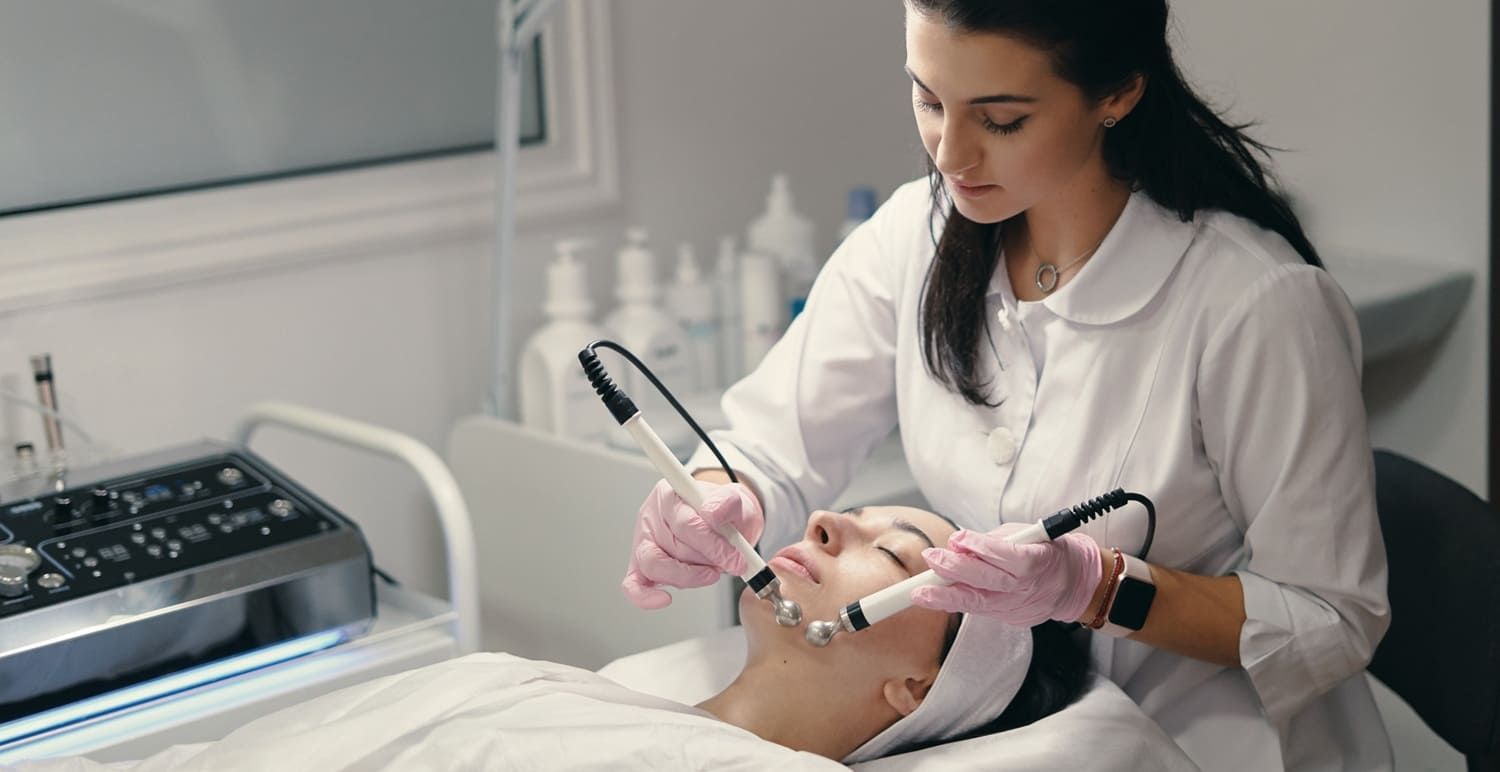What Are Dermal Fillers and Are They Safe?
In this article, we'll delve into the world of dermal fillers, exploring their various uses, potential side effects, and crucial safety considerations. By the end, you'll have a comprehensive understanding of this cosmetic procedure and be better equipped to make an informed decision about whether dermal fillers are the right choice for you.
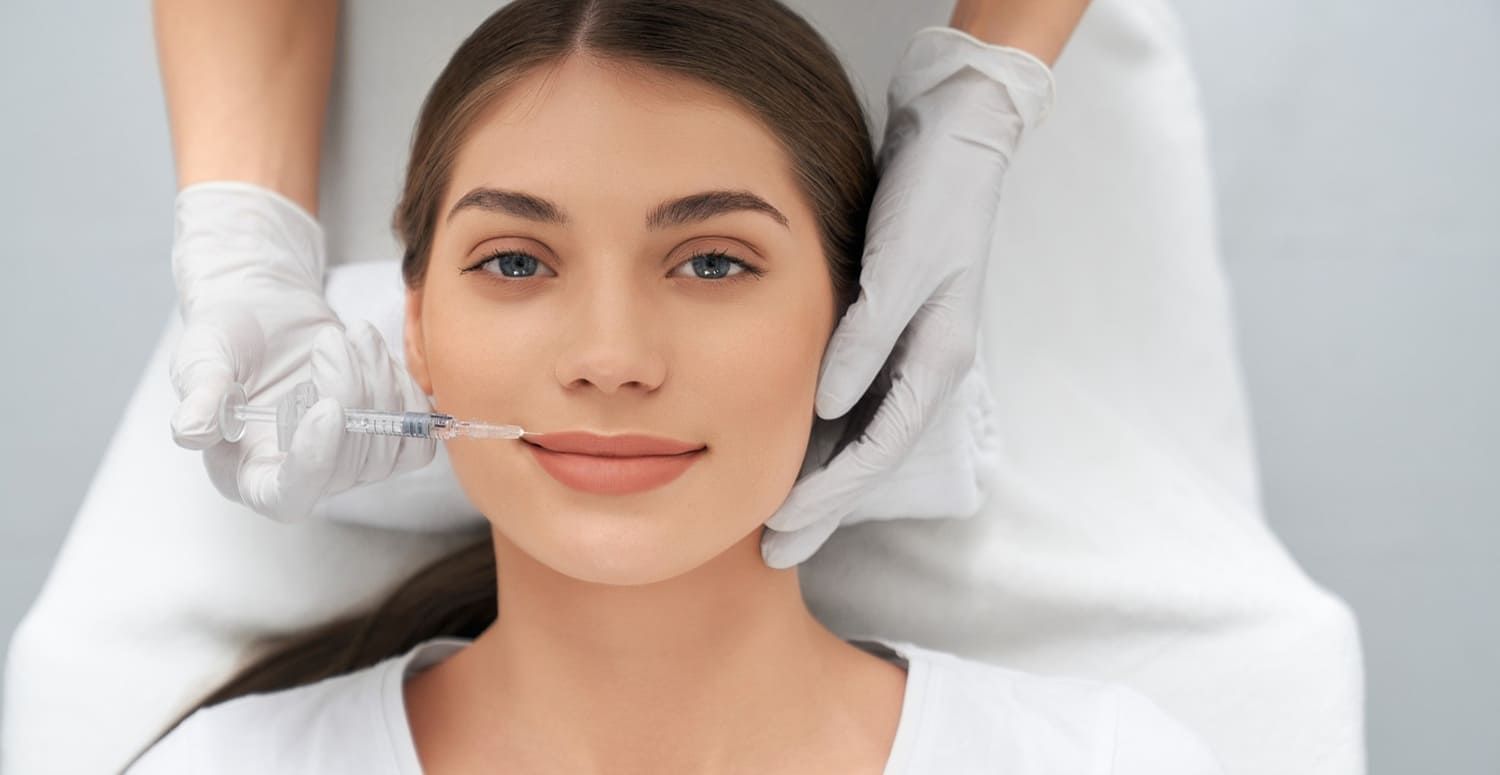
Understanding Dermal Fillers
Dermal fillers are injectable substances designed to plump up the skin, fill in wrinkles, and add volume to areas such as the lips, cheeks, and jawline. They work by providing support beneath the skin, creating a smoother, more youthful appearance. Dermal fillers are often composed of hyaluronic acid, a naturally occurring substance in our skin that plays a vital role in maintaining moisture and elasticity. This makes them an appealing option for those looking to refresh their appearance without undergoing invasive surgery.
Types of Dermal Fillers
The world of dermal fillers is diverse, with several types available to cater to different aesthetic needs and goals. Each type is specifically formulated to address particular concerns, allowing for a customized approach to facial enhancement:
- Hyaluronic Acid Fillers: These are the most common type of dermal fillers and include well-known brands like Juvederm and Restylane. They are favored for their ability to create natural-looking enhancements and are versatile enough to be used in various facial areas.
- Calcium Hydroxylapatite Fillers: Known by the brand name Radiesse, these fillers are thicker and typically used for deeper wrinkles and facial contouring. They provide a more substantial lift and are often chosen for areas requiring more volume.
- Poly-L-Lactic Acid Fillers: Sold under the brand Sculptra, these fillers work by stimulating collagen production, making them an excellent choice for addressing facial volume loss over time. Their effects are gradual, resulting in a more natural and long-lasting improvement.
- Polymethylmethacrylate Fillers (PMMA): These are semi-permanent fillers that provide long-lasting results and are used for deeper wrinkles or skin folds. PMMA fillers contain tiny beads that remain under the skin, offering extended support and volume.
Each type of filler has its unique properties, and the choice of which to use depends on your specific goals, the area being treated, and the desired longevity of results. Consulting with a qualified professional can help determine the best option for you.
Are Dermal Fillers Safe?
Safety is a paramount concern for anyone considering dermal fillers. While they are generally regarded as safe when administered by a qualified healthcare professional, there are important factors to keep in mind to minimize risks and ensure a positive outcome.
Safe Injection Practices
The safety of dermal filler treatments largely depends on the expertise and practices of the practitioner performing the procedure. To ensure the best results and minimize potential complications, consider the following safe injection practices:
- Consultation: A thorough consultation with your provider should precede any treatment. During this consultation, discuss your aesthetic goals, medical history, and any allergies you may have. This information is crucial in tailoring the treatment to your specific needs and avoiding adverse reactions.
- Sterile Environment: The procedure should be conducted in a clean, sterile environment to minimize the risk of infection. Ensuring that the equipment and materials used are sterile is vital for a safe experience.
- Product Quality: Only FDA-approved fillers should be used, ensuring they meet safety and efficacy standards. Using reputable, high-quality products reduces the risk of complications and ensures more predictable results.
Choosing a qualified and experienced practitioner is critical in ensuring safe and effective dermal filler treatments. Their knowledge of facial anatomy and skill in injection techniques play a significant role in achieving the desired outcome.
Possible Side Effects
As with any cosmetic procedure, dermal fillers come with potential side effects. While most are mild and temporary, it's important to be aware of them to make an informed decision:
- Swelling and Bruising: These are the most common side effects and usually subside within a few days. Applying ice and keeping the treated area elevated can help reduce swelling and bruising.
- Redness and Tenderness: Some people may experience minor redness and tenderness at the injection site. These symptoms are typically short-lived and can be managed with over-the-counter pain relievers if necessary.
- Lumps and Bumps: In some cases, small lumps or bumps may form under the skin. These can often be resolved by gentle massage or further treatment by your healthcare provider, ensuring a smooth and even result.
- Allergic Reactions: Though rare, allergic reactions can occur. It's essential to discuss any known allergies with your provider before treatment to avoid potential issues.
- Infection: While uncommon, there is a risk of infection, especially if the injection site is not properly cared for post-treatment. Following aftercare instructions and maintaining good hygiene can help prevent infections.
Long-Term Considerations
While dermal fillers are temporary, they can have long-term effects on your facial structure and appearance. Over time, repeated treatments may alter the underlying structure of the skin or result in the migration of filler material. Therefore, it is essential to follow up with your healthcare provider and discuss any changes you notice. Additionally, maintaining realistic expectations and understanding the maintenance required for ongoing results is crucial.
Choosing the Right Practitioner
Selecting the right practitioner is key to a safe and successful dermal filler experience. A skilled and experienced provider can make all the difference in achieving the desired results while minimizing risks. Here are some tips to help you choose the right practitioner:
- Credentials: Ensure that the practitioner is board-certified in dermatology or plastic surgery and has specific training in injectable treatments. This certification demonstrates a high level of expertise and adherence to industry standards.
- Experience: Look for a provider with a proven track record of successful treatments and satisfied clients. Experience is a critical factor in ensuring that the practitioner can handle various situations and deliver consistent results.
- Portfolio: Ask to see before-and-after photos of past patients to assess the quality of their work. Reviewing their portfolio allows you to gauge their skill level and the type of results you can expect.
- Reviews: Check online reviews and testimonials from previous clients for additional insight. Patient feedback can provide valuable information about the practitioner's professionalism, bedside manner, and overall quality of care.
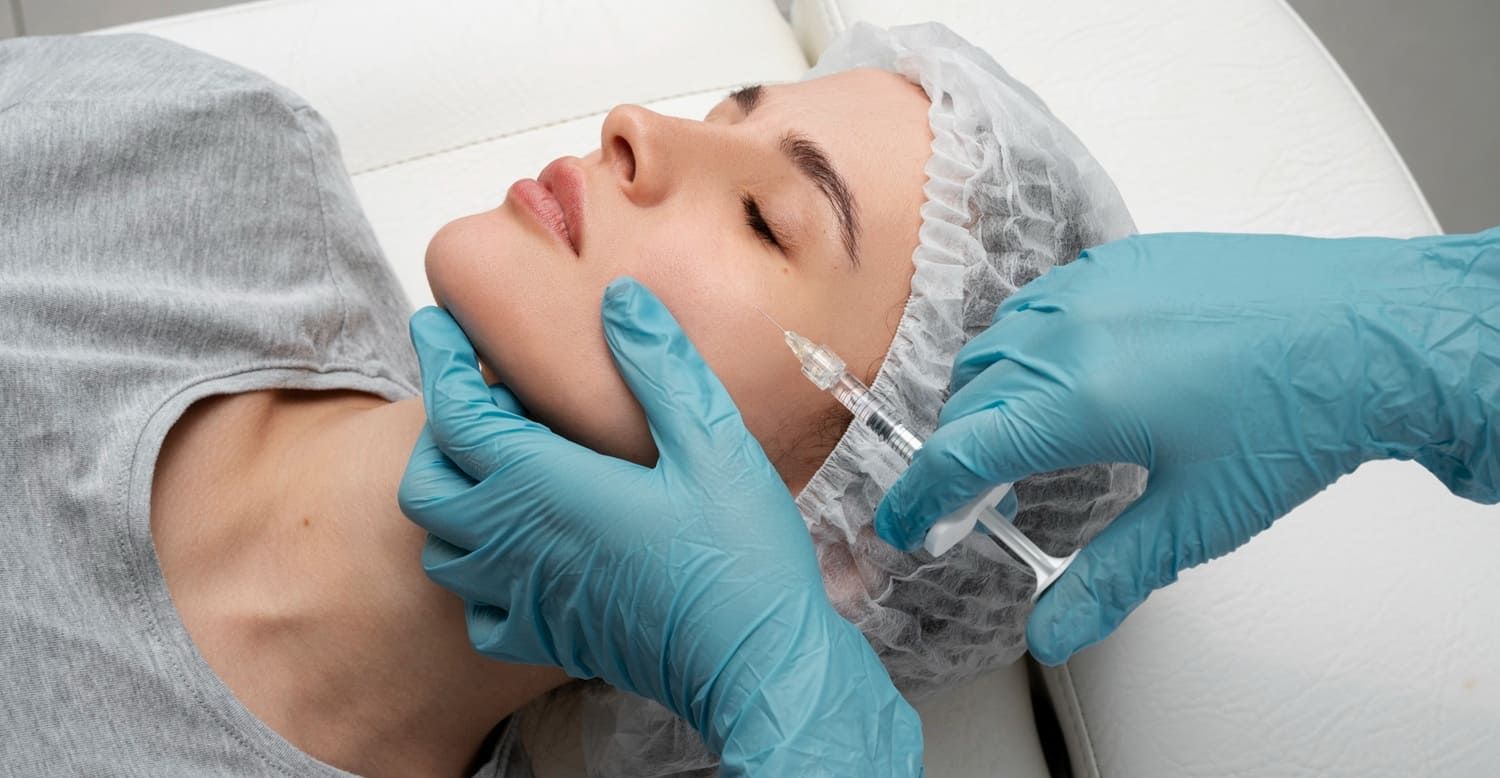
Dermal Fillers in Tampa
If you're considering dermal fillers in Tampa, you're in luck. The area boasts a range of experienced professionals who offer safe and effective treatments. Whether you're looking to enhance your lips, cheeks, or overall facial contours, Tampa's practitioners are equipped to help you achieve your aesthetic goals. It's important to do your research and choose a reputable provider to ensure the best outcomes. Consulting with multiple professionals and asking questions about their techniques and experience can guide you in making the right choice.
Conclusion
Pure Health & Hormone Center, located in Tampa, FL, offers expert dermal filler treatments designed to enhance your natural beauty with safe, effective, and immediate results. Dermal fillers are a versatile solution for those seeking smoother skin, fuller lips, or a more youthful appearance—with minimal downtime.
While generally safe, it’s important to approach these treatments with informed decision-making and professional guidance. By understanding the different types of fillers, potential side effects, and key safety measures, you can choose the option that best aligns with your aesthetic goals.
Schedule a consultation with Pure Health & Hormone Center today to discuss your cosmetic concerns and explore customized treatment options with our experienced team.
The key to successful dermal filler results is a combination of expert application and personalized care. Prioritize your well-being by choosing a trusted provider committed to delivering natural-looking, rejuvenating outcomes—safely and confidently.
Dermal Fillers FAQs: What They Are and How Safe They Are
What are dermal fillers and how do they work?
Dermal fillers are injectable gels used to restore volume, smooth wrinkles, and enhance facial contours. Most are made from hyaluronic acid, a substance naturally found in the body. They work by plumping up the skin from within, providing immediate and natural-looking results.
Are dermal fillers safe?
Yes, when administered by a licensed and experienced provider, dermal fillers are generally very safe. FDA-approved fillers go through rigorous testing, and side effects are typically minimal, such as temporary swelling or bruising.
How long do dermal fillers last?
The effects of dermal fillers usually last between 6 to 18 months, depending on the type of filler used, the treatment area, and individual metabolism. Touch-up sessions can help maintain results longer.
What are the most common areas treated with fillers?
Popular treatment areas include the cheeks, lips, nasolabial folds (smile lines), marionette lines, under-eye hollows, and jawline. Fillers can also be used for non-surgical nose reshaping and hand rejuvenation.
Are there any risks or side effects with dermal fillers?
Most side effects are mild and temporary, such as redness, bruising, swelling, or tenderness at the injection site. Rare complications include infection, allergic reaction, or vascular occlusion. Choosing a qualified provider reduces these risks.
Can anyone get dermal fillers?
While most healthy adults can benefit from fillers, they’re not recommended for pregnant or breastfeeding women, individuals with certain allergies, or those with skin infections at the treatment site. A consultation helps determine eligibility.
What’s the difference between Botox and dermal fillers?
Botox relaxes muscles to smooth dynamic wrinkles (caused by movement), while dermal fillers add volume to fill static wrinkles and enhance facial features. They’re often used together for comprehensive anti-aging treatment.
Where should I get dermal fillers done safely?
Always choose a licensed medical provider or aesthetic clinic experienced in facial anatomy and injectable treatments. At Pure Health & Hormone Center, we use FDA-approved dermal fillers and personalized techniques to deliver safe, beautiful results. Book a consultation today.





